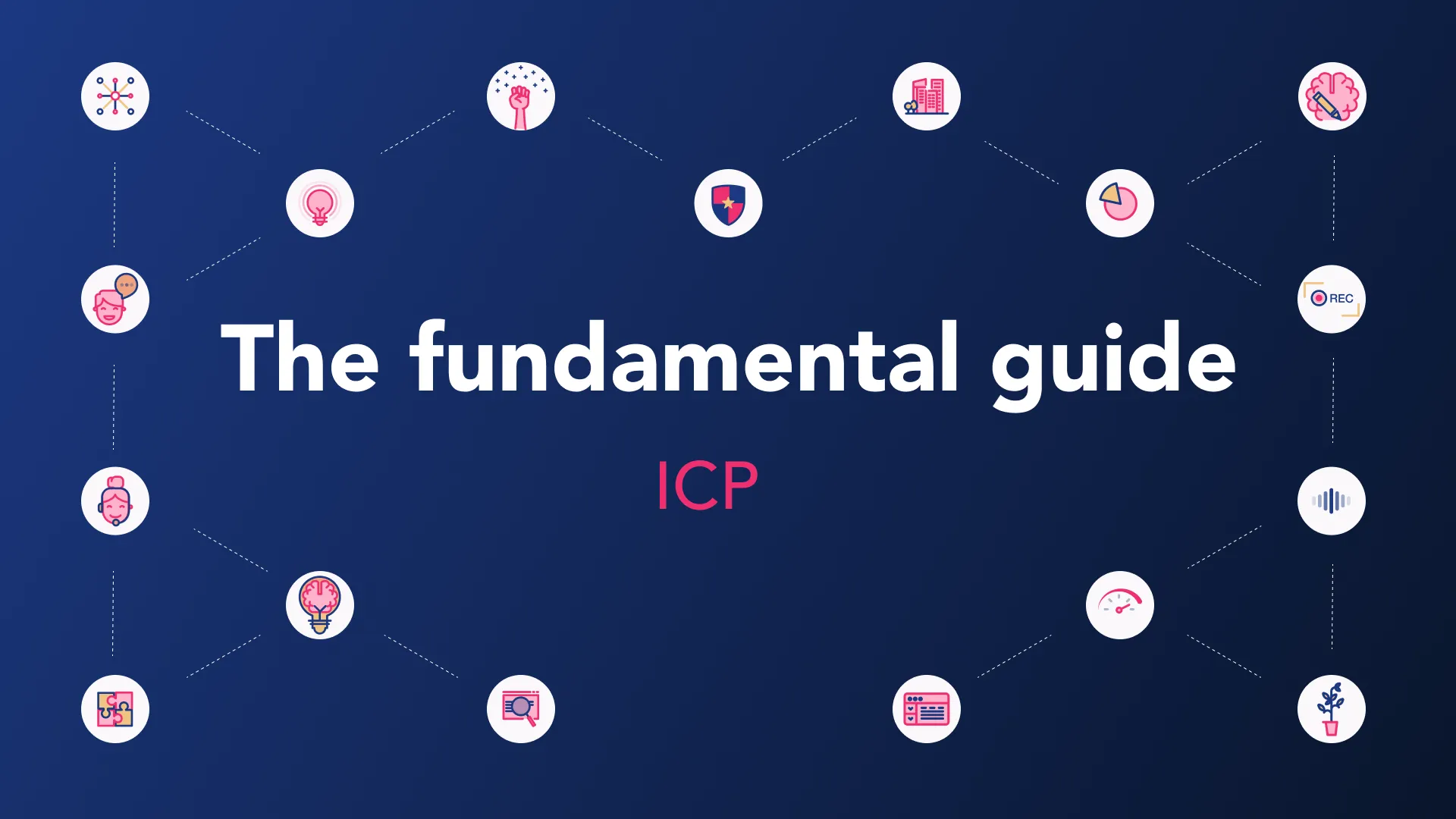When your sales team is on the smaller side, it's crucial to optimize efficiency and productivity. With fewer reps, each one needs to deliver maximum impact.
In my time in sales, I’ve worked in teams of all sizes. And let me tell you, it’s not always the biggest teams that get the most done.
Here are 7 tactics to get more from your tight-knit sales crew. And if your team is bigger than that, you’re likely pick up a few tips and tricks to make you more efficient here too.
Analyze how time is spent
The first step is doing a thorough review of how your team is spending their working hours. Map out all the key tasks and responsibilities over the course of a week and the time investment for each activity.
Look for any time drains that don't directly contribute to driving deals - these are danger zones. They might be labor-intensive or repetitive processes that are ripe for automation. Or outdated workflows that could be optimized. Either way, take the time to find them, because you will have at least one or two.
(If you think you don’t, you’re not looking hard enough.)
Then look at your tech stack for new technologies that could eliminate some of this time-draining grunt work. The goal is to free up as much time as possible for actually selling.
Revolutionary, right?
Once you’ve considered these, you’ll likely find certain non-revenue-generating activities eat up a disproportionate amount of time. Things like booking travel, submitting expenses, creating pitch decks, etc. Make a list of all activities that don't directly relate to moving deals forward. This presents opportunities to hand off any work that distracts from selling.
By understanding where team time goes, you can start to streamline and focus energy on the high-payoff activities. These should be reserved for your reps. Be ruthless about eliminating anything that doesn't contribute directly to hitting quota.
Redistribute non-selling work
Once you've identified tasks that could be handled elsewhere, look at options to hand them off. This might mean delegating to operations or marketing, outsourcing to a virtual assistant or automating where possible.
The goal is to offload anything that burns precious selling time but doesn't need reps' specific knowledge and skills. No task should stay on their plate simply out of habit or convenience.
For example, could someone in an operations role take over booking travel and submitting expenses? Could marketing create standard pitch decks or collateral? Question every obligation that isn't directly advancing deals and challenge assumptions. Just because sales has always done it doesn't mean they must continue doing it forever.
Reassigning non-selling tasks prevents reps from getting bogged down in duties that distract from what they’re there for: closing business.
Maximize the impact of selling time
When reps do spend time selling, you now need to make sure it's hyper-focused and aligned to your strategy. Start by auditing the sales pipeline for Ideal Customer Profile (ICP) fit.
Remember - 80-90% of your pipeline should map to your target ICP. So look out for any stray leads that don't fit. These likely reflect reps clinging to any potential deal out of scarcity mentality. When your team is small or the market is uncertain, this temptation to string along bad-fit leads is totally understandable, but dangerous. It dilutes energy that should go toward ideal prospects.
Realign reps around your sweet spot customers, no matter how alluring other opportunities appear at first glance. Give them the space and motivation to double down on your ICP. When resources are scarce, you need to be extra disciplined about where time goes.
Address underperformance quickly
With a smaller team, you have less room to carry underperformers. So define what excellent performance looks like based on activities, skills, and outcomes and set expectations clearly.
If certain reps fail to meet goals or are starting to show skills gaps, address it immediately. Work out how far they are from your ideal talent and how long it would take to get them there. Don’t be afraid of candid conversations to diagnose the issues. Then act decisively to improve performance through incentives, sales performance coaching, or reassigning roles.
Left unaddressed, under-performers drag down the whole team's productivity. You may need to make tough calls to part ways with long-term low performers. But with fewer seats on the bench, you can't afford to waste time trying to fix a bad fit.
Regularly evaluate your smaller team against your performance standards. Don't let struggling reps stay stagnant, the moment you identify problems, have a plan to course correct quickly. One of my favorite phrases in leadership is “nip it in the bud”, so solve your problems early.
Play to team strengths
When dividing up leads and accounts, avoid trying to spread everything evenly. This can seem "fair" but actually wastes leads that not aligned to each rep's strengths.
Instead, look at win rates and success with different types of customers. Identify patterns where certain reps excel, whether that's at SMB, enterprise, transactional, or high-touch deals. Align new opportunities to play to these strengths.
Specializing around what each team member already does well provides a better return than trying to broaden folks into unfamiliar territory. Regularly reevaluate win rates by rep, segment, and deal type and continuously optimize your lead routing as new patterns or strengths emerge.
Build consistency through routines
In smaller teams, consistency and discipline around best practices is critical. Set clear expectations for sales processes and cadences. Establish routines around activities, meetings and reporting.
Reps should know exactly what they need to do on a daily and weekly basis to hit goals and should be comfortable with the rest of the team knowing their weekly calendar and routine too. This creates accountability and transparency around who needs to do what and when.
Avoid last-minute surprises or changes thrown into the mix. The illusion of flexibility can easily turn to chaos and with limited bandwidth, reps need reliability in schedules and processes.
Sticking to routines makes the most of your constrained resources so create a culture that encourages consistency and don't allow minor disruptions to derail it.
Encourage cross-team collaboration
One advantage of having fewer people is it's easier to share knowledge across the organization. When you’re small, this is your competitive advantage, so make time for regular check-ins between sales, marketing, customer success, and product teams.
This could include things like:
- Product demos and training
- Competitive intelligence sharing
- Coaching and mentoring
- Positioning guidance based on recent deals
- Brainstorming creative ways to add value for key accounts
Don't silo information in your sales team. Get a business-wide culture going where everyone understands big accounts and contributes ideas to win them.
This transparency gives your smaller sales team confidence, while also building empathy for sales across the company. Plus you never know where a key insight might come from that pushes a deal over the line.
Embrace your nimbleness and agility as a smaller team.
Executing more efficiently with less
At the end of the day, a sales team's size matters far less than the quality of their strategy and effort. With the right execution, a smaller crew can accomplish just as much as a larger team, if not more.
You just need to maximize impact with every action.
Shelley Lavery is the CRO and Co-Founder of Jiminny, the leading conversation intelligence and sales coaching platform that helps companies maximize their revenue. With over a decade of experience in coaching B2B sales teams, Shelley was previously Group SVP of Sales at Reward Gateway now leading the conversation intelligence discussion with expertise and insight.





.webp)






